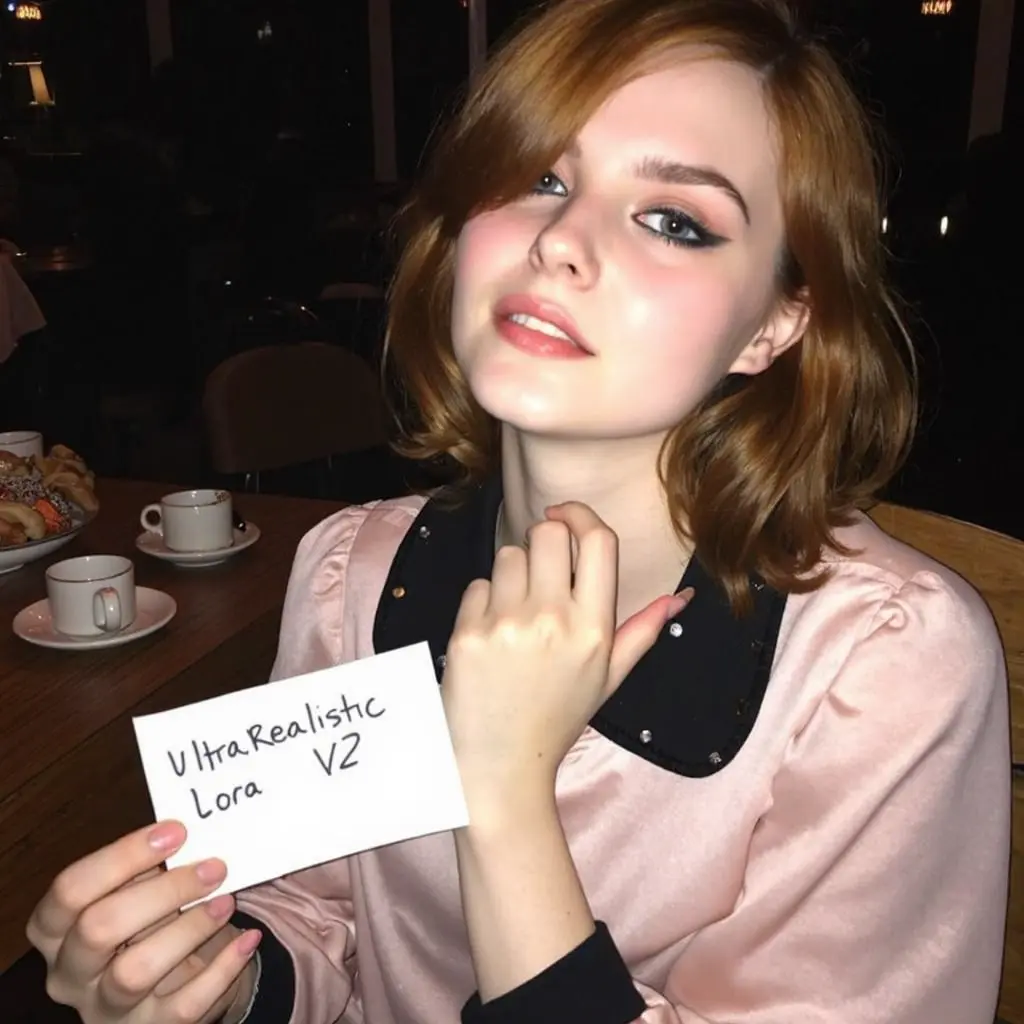ComfyUI Node: LayerColor: Brightness & Contrast
LayerColor: Brightness & Contrast
Category😺dzNodes/LayerColor
chflame163 (Account age: 729days) Extension
ComfyUI Layer Style Latest Updated
2025-03-26 Github Stars
2.13K
How to Install ComfyUI Layer Style
Install this extension via the ComfyUI Manager by searching for ComfyUI Layer Style- 1. Click the Manager button in the main menu
- 2. Select Custom Nodes Manager button
- 3. Enter ComfyUI Layer Style in the search bar
Visit ComfyUI Online for ready-to-use ComfyUI environment
- Free trial available
- 16GB VRAM to 80GB VRAM GPU machines
- 400+ preloaded models/nodes
- Freedom to upload custom models/nodes
- 200+ ready-to-run workflows
- 100% private workspace with up to 200GB storage
- Dedicated Support
LayerColor: Brightness & Contrast Description
Fine-tune image visual attributes by adjusting brightness, contrast, and saturation levels for vibrant, artistic effects.
LayerColor: Brightness & Contrast:
The LayerColor: Brightness & Contrast node is designed to help you fine-tune the visual attributes of your images by adjusting their brightness, contrast, and saturation levels. This node is particularly useful for enhancing the overall appearance of your images, making them more vibrant or achieving a specific artistic effect. By manipulating these parameters, you can either brighten or darken your image, increase or decrease the contrast to make details stand out or blend more smoothly, and adjust the saturation to make colors more vivid or muted. This node is essential for AI artists looking to have precise control over the visual quality of their images, ensuring that the final output aligns perfectly with their creative vision.
LayerColor: Brightness & Contrast Input Parameters:
image
This parameter accepts the image that you want to process. The image should be in a compatible format that the node can handle, typically a tensor representation of the image.
brightness
This parameter controls the brightness level of the image. A value of 1 means no change, values less than 1 will darken the image, and values greater than 1 will brighten the image. The minimum value is 0.0, the maximum value is 3, and the default value is 1. Adjusting this parameter can help you achieve the desired lightness or darkness in your image.
contrast
This parameter adjusts the contrast of the image. A value of 1 means no change, values less than 1 will decrease the contrast making the image look flatter, and values greater than 1 will increase the contrast making the image look more dynamic. The minimum value is 0.0, the maximum value is 3, and the default value is 1. Modifying this parameter can help you enhance or reduce the distinction between different elements in your image.
saturation
This parameter modifies the saturation level of the image. A value of 1 means no change, values less than 1 will desaturate the image making the colors more muted, and values greater than 1 will saturate the image making the colors more vivid. The minimum value is 0.0, the maximum value is 3, and the default value is 1. Tuning this parameter can help you achieve the desired color intensity in your image.
LayerColor: Brightness & Contrast Output Parameters:
image
This output parameter provides the processed image after the brightness, contrast, and saturation adjustments have been applied. The output is typically in the same format as the input image, ensuring compatibility with subsequent nodes or processes in your workflow. The adjusted image will reflect the changes made based on the input parameters, offering a visually enhanced version of the original image.
LayerColor: Brightness & Contrast Usage Tips:
- To achieve a natural look, make small incremental adjustments to the brightness, contrast, and saturation parameters rather than making large changes all at once.
- Use the brightness parameter to correct underexposed or overexposed images, making them more visually appealing.
- Adjust the contrast to highlight important details or to create a specific mood in your image.
- Modify the saturation to either enhance the vibrancy of colors or to create a more subdued, artistic effect.
LayerColor: Brightness & Contrast Common Errors and Solutions:
"Invalid image format"
- Explanation: The input image is not in a compatible format that the node can process.
- Solution: Ensure that the input image is in a tensor format and is correctly pre-processed before feeding it into the node.
"Brightness, contrast, or saturation value out of range"
- Explanation: One or more of the input parameters are set outside their allowed range.
- Solution: Check the values of the brightness, contrast, and saturation parameters to ensure they are within the specified range (0.0 to 3.0).
"Processed image is too dark or too bright"
- Explanation: The brightness parameter is set too low or too high.
- Solution: Adjust the brightness parameter incrementally to achieve a balanced lightness in the image.
"Image looks flat or overly contrasted"
- Explanation: The contrast parameter is set too low or too high.
- Solution: Fine-tune the contrast parameter to find a suitable level that enhances the image without making it look unnatural.
"Colors are too muted or too vivid"
- Explanation: The saturation parameter is set too low or too high.
- Solution: Modify the saturation parameter to achieve the desired color intensity, ensuring the image looks visually appealing.
LayerColor: Brightness & Contrast Related Nodes
RunComfy is the premier ComfyUI platform, offering ComfyUI online environment and services, along with ComfyUI workflows featuring stunning visuals. RunComfy also provides AI Playground, enabling artists to harness the latest AI tools to create incredible art.


